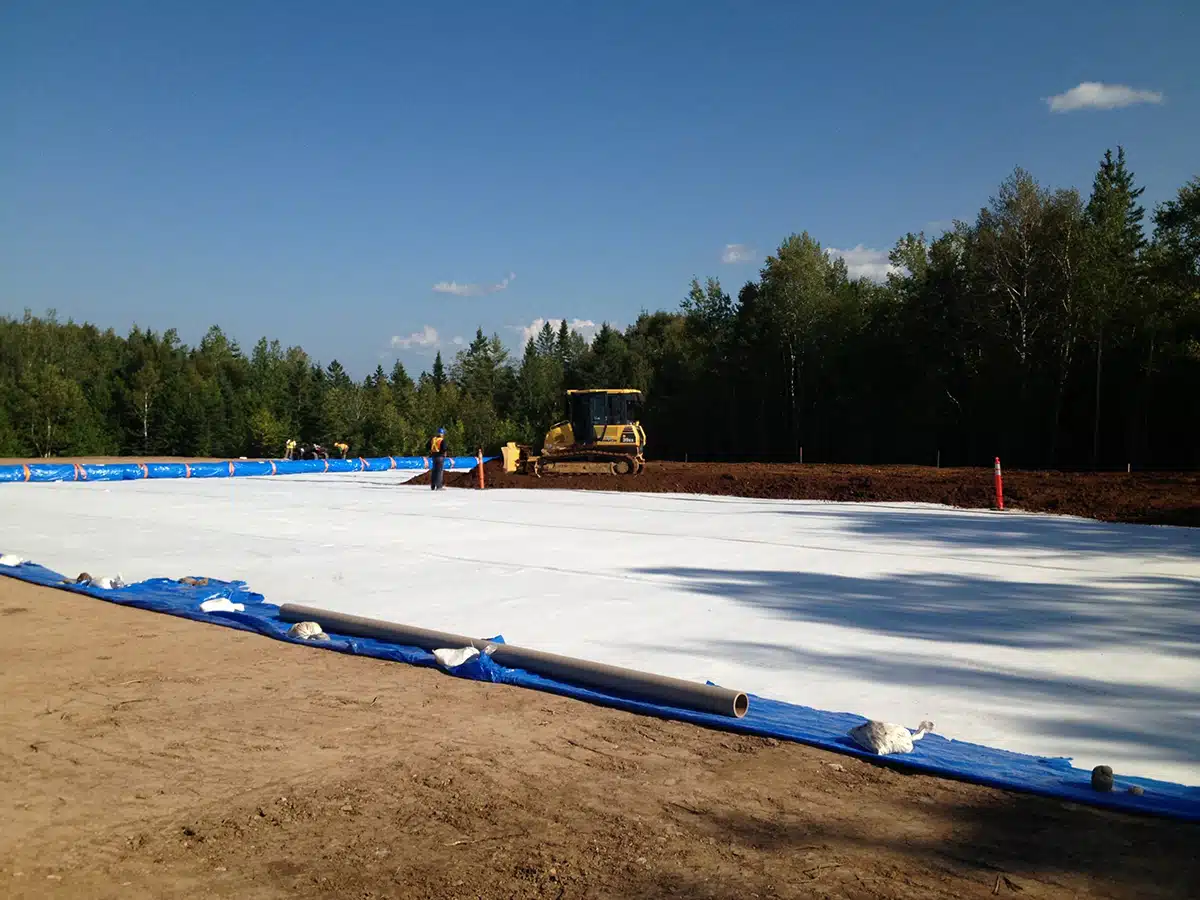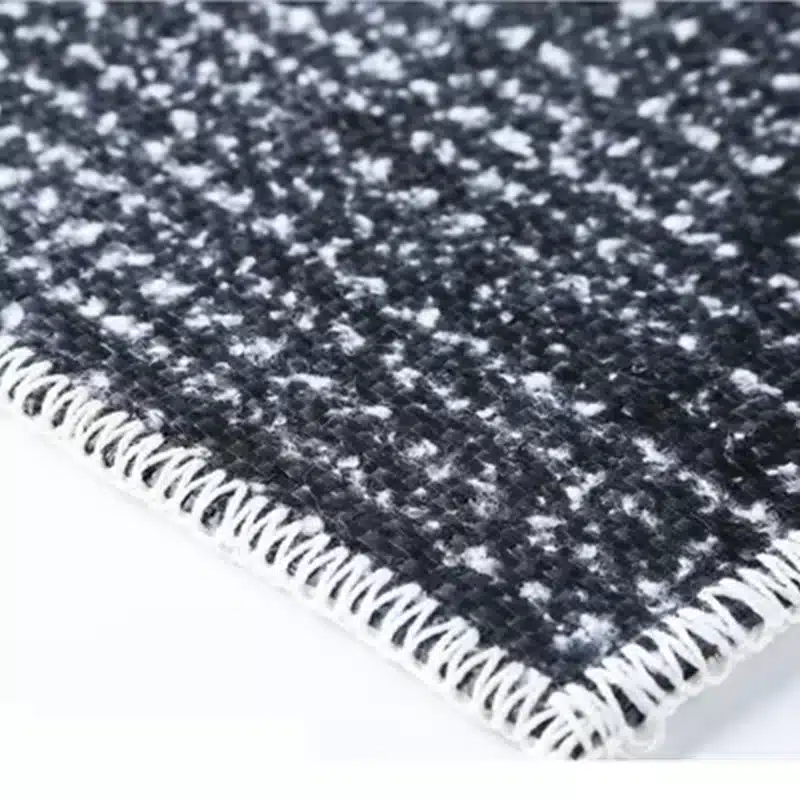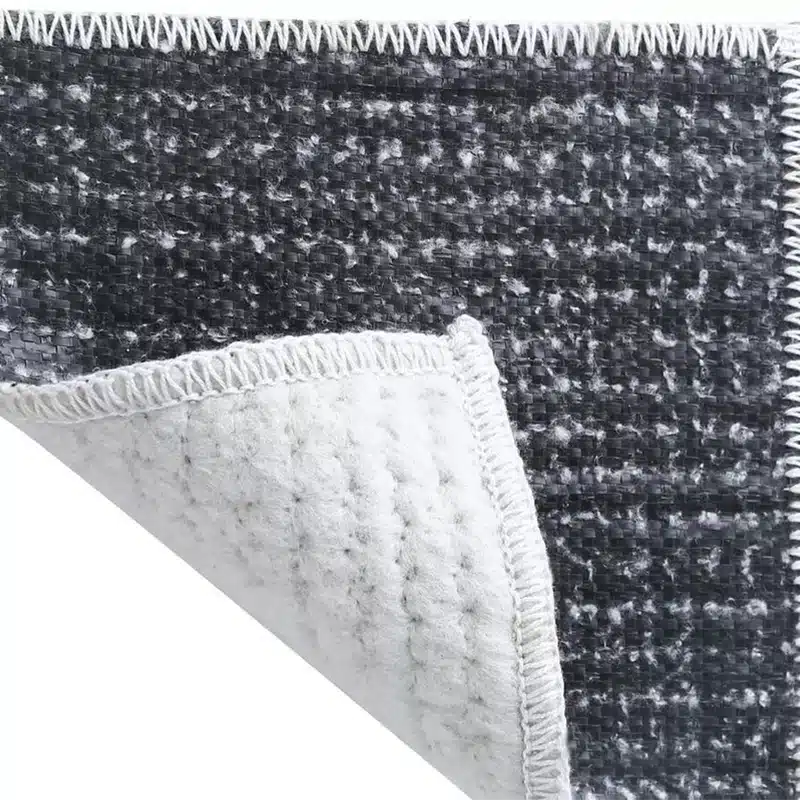+86-159 9860 6917
info@geofantex.com
geofantex@gmail.com
+86-400-8266163-44899
Geosynthetics are a revolutionary group of synthetic products used in geotechnical engineering and environmental applications. These materials are designed to address challenges in civil engineering projects such as roads, landfills, retaining structures, and waterworks. The utilization of geosynthetics enhances durability, cost-effectiveness, and environmental sustainability. This article delves into the various types of geosynthetics, explaining their functions, benefits, and applications through a simple Q&A format.
What are geosynthetics and why are they important in construction?
Geosynthetics are synthetic products used to solve civil engineering problems. They include a range of materials such as geotextiles, geomembranes, geonets, geogrids, and geocomposites. These materials play a crucial role in construction by providing solutions for soil reinforcement, sediment control, waterproofing, and drainage. Their importance lies in their ability to improve the structural integrity of construction projects, increase longevity, and reduce maintenance costs, making them invaluable in modern engineering.

Can you describe the different types of geotextiles and their uses?
Geotextiles are one of the most commonly used types of geosynthetics. They are permeable fabrics which, when used in association with soil, have the ability to separate, filter, reinforce, protect, or drain. There are two main types of geotextiles: woven and non-woven. Woven geotextiles are preferred for applications requiring high strength such as soil reinforcement and stabilization. Non-woven geotextiles are excellent for drainage and filtration systems, such as protecting drainage layers in landfills or controlling erosion in waterways.
What are geomembranes and where are they typically used?
Geomembranes are impermeable geosynthetics made from synthetic polymers such as HDPE, LDPE, PVC, or EPDM. They are primarily used for containment applications to prevent the migration of fluids or gases. Common uses of geomembranes include liners for waste containment, such as in landfills and mining operations, and for water retention, such as in ponds, canals, and reservoirs. Their high resistance to chemicals and puncture makes them ideal for hazardous and non-hazardous liquid containment.
How do geogrids and geocells differ in their applications?
Geogrids and geocells are used for soil stabilization and reinforcement but differ in their structure and functionality. Geogrids are open grid-like structures, usually made of polymers like polyester or polypropylene. They are used to reinforce retaining walls and roadbeds by providing tensile strength to withstand soil movement and loads. Geocells, on the other hand, are three-dimensional, honeycomb-like structures filled with soil, stone, or concrete. They are used to protect slopes and channel walls from erosion and to improve load distribution over weak soils.
Geosynthetics are an integral part of modern engineering, providing diverse solutions that improve the sustainability, safety, and cost-efficiency of construction projects. Understanding the various types of geosynthetics, from geotextiles to geomembranes, and their specific applications helps engineers choose the right product for their project needs. The continued development and innovation in geosynthetic materials promise even greater advancements in construction technology, making them a key element in the future of infrastructure development.



Get Free Sample
We’ll respond as soon as possible(within 12 hours)






















